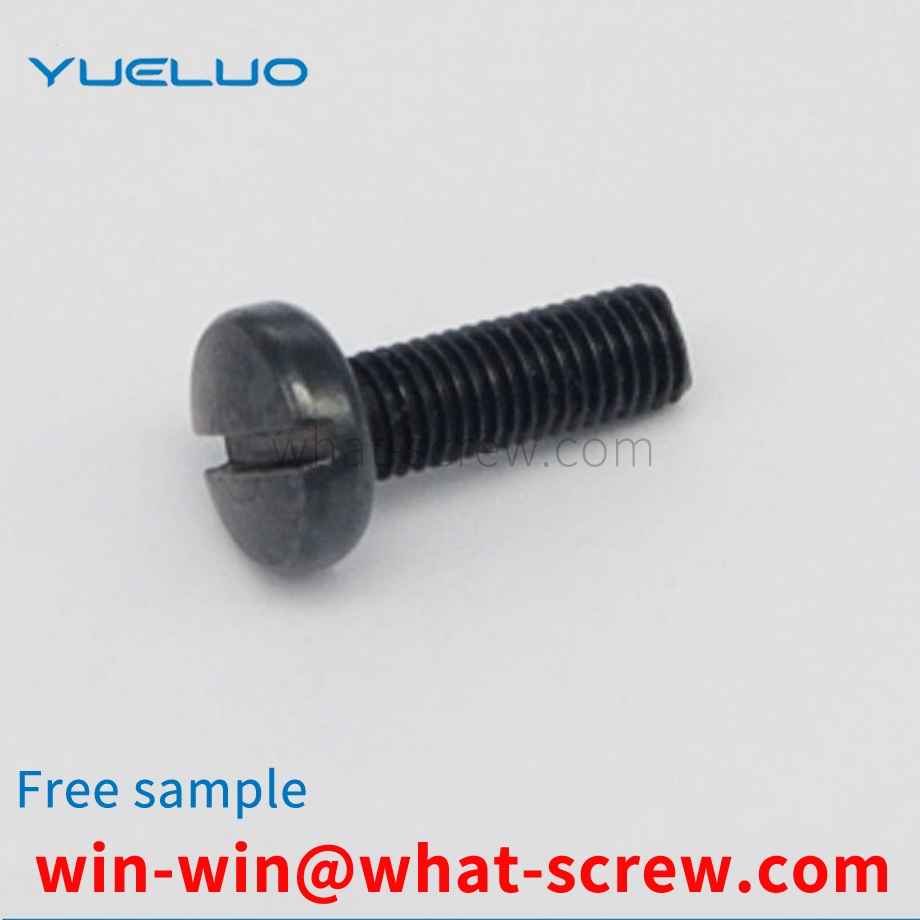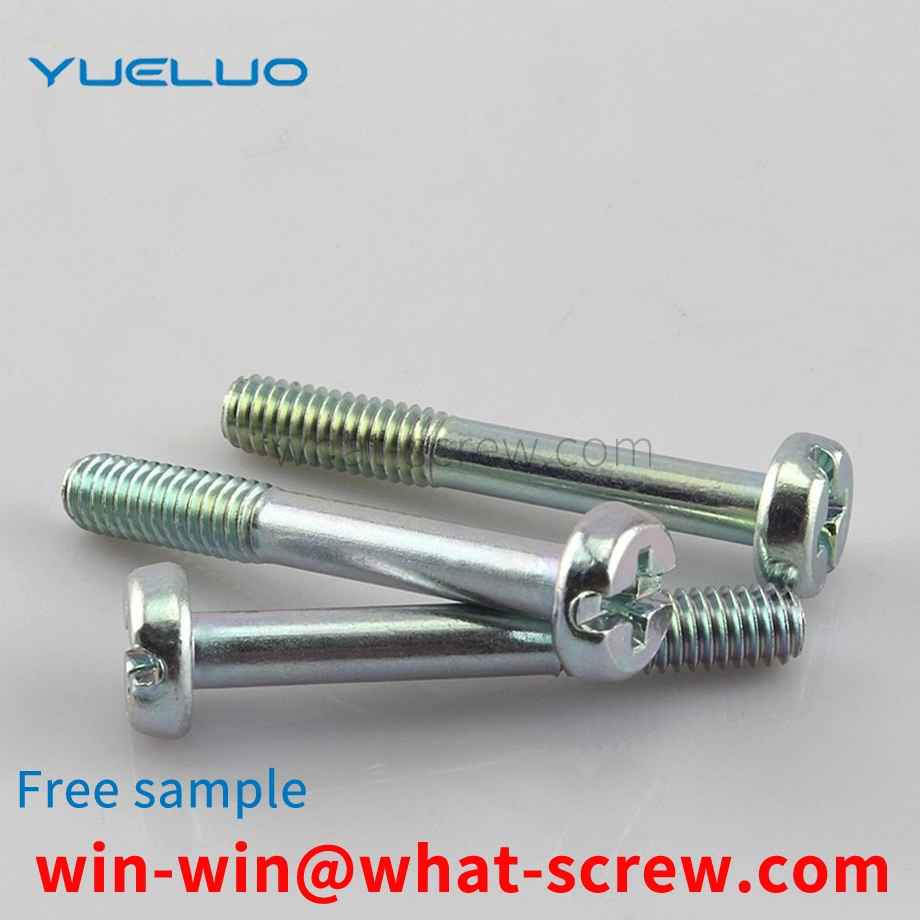However, although the above-mentioned screw belt (2) can achieve the expected effect, it is also found in its actual implementation. Although this structure has multiple grooves on both sides of the main body for the driving and turning of the locking screw tool, However, the groove is only used for driving the screw belt drive, and since the screw will swing on the screw belt, it is impossible to stably align the screw on the screw belt with the point where the screw is to be set. , which leads to great inconvenience in operation and use, and also affects the efficiency of screw and screw installation, so that there is still room for improvement in the overall structural composition.
GB 3098.1 Mechanical Properties of BristolFasteners Bolts, Screws, BristolStuds and Nuts GB 3098.6 Mechanical Properties of BristolFasteners Stainless Steel Bolts, Screws, BristolStuds and Nuts GB 3103.1 Tolerances of BristolFasteners Bolts, Screws and Nuts GB 5267 Electroplating of Threaded BristolFasteners GB 5779.1 Surface Defects of BristolFasteners - Bolts, Screws and BristolStuds - General Requirements GB 5779.3 Surface Defects of BristolFasteners - Bolts, Screws and BristolStuds - Special Requirements
A medical self-locking screw, wherein the medical self-locking screw is composed of an outer screw and an inner screw, the outer screw includes a fixedly connected fitting body and the front part of the outer screw, and the front part of the outer screw includes a fixed connection The outer screw rod body and the outer screw head are provided with fixed external threads on the periphery of the outer screw rod body, and a Bristolbackstop ring is provided on the periphery of the matching body;
In the installation of the external electrical components of the high-voltage electrical box, generally, the whole aluminum alloy profile with a T-slot is laid on the shell of the high-voltage electrical box, and then the upper nut is placed in the T-slot, and the bottom of the Bristolsquare nut is provided with a spring , When installing the electrical components, align the mounting holes with the screw holes of the Bristolsquare nut, then screw and tighten the screws to achieve the installation of electrical components. The biggest defect in the above installation process is that the alignment of the mounting hole and the screw hole is not very convenient, and the spring at the bottom of the Bristolsquare nut is easy to be missing. Once the spring is missing or damaged, the Bristolsquare nut cannot be effectively positioned in the T-slot. It makes the alignment of the mounting hole and the screw hole more difficult. Third, the above-mentioned connection and fixing method itself is not particularly ideal.
Common fastening screws include self-tapping screws, fine-pitch drywall screws, traditional Bristolwood screws, and fiberboard screws. The following are the characteristics of commonly used screws, everyone should choose them reasonably. BristolSelf-tapping screws The correct application of self-tapping screws should be used for the fastening and connection of metal materials with pre-drilled holes. It has the function of automatically tapping out the internal thread on the metal body, and can complete the thread engagement with it to play a tightening role. However, due to its high thread bottom diameter, when it is used in wood products, the cut into the wood will be shallower; and because the thread pitch is small, there is less wood structure between every two threads. Therefore, it is unreliable and unsafe to use self-tapping screws for wood mountings, especially loose wood. Drywall Screws The proper use of fine-pitch drywall screws is for fastening and joining between metal studs and plasterboard. It suffers from similar drawbacks as self-tapping screws when used on wood mountings. Moreover, due to the large diameter of the head of the dry-wall screw, the embedding of the head is poor, and it is easy to cause unevenness between the head of the screw and the surface of the mounting part after installation. Traditional Bristolwood screws Before using traditional Bristolwood screws, pre-drilling holes are required on the wooden mounting parts, otherwise it is easy to cause wood cracking. In addition, since the traditional Bristolwood screws are not heat-treated, the use of electric tools can easily cause the groove shape to be damaged, and manual installation is very laborious. Fiberboard screws are relatively new types of Bristolwood screws, suitable for power tool installation. However, due to its relatively simple thread design, it still cannot effectively solve the stubborn problem of easy cracking when used on hardwood, and it does not have any advantages in screwing speed and screwing torque. [2]
We have many years of experience in the production and sales of screws, nuts, flat washers, etc. The main products are: galvanized thickened nylon lock nuts, countersunk head cross machine bolts, raw copper columns, mixed bolts and other products, we can provide you with The right fastener solution for you.



















 Service Hotline
Service Hotline




